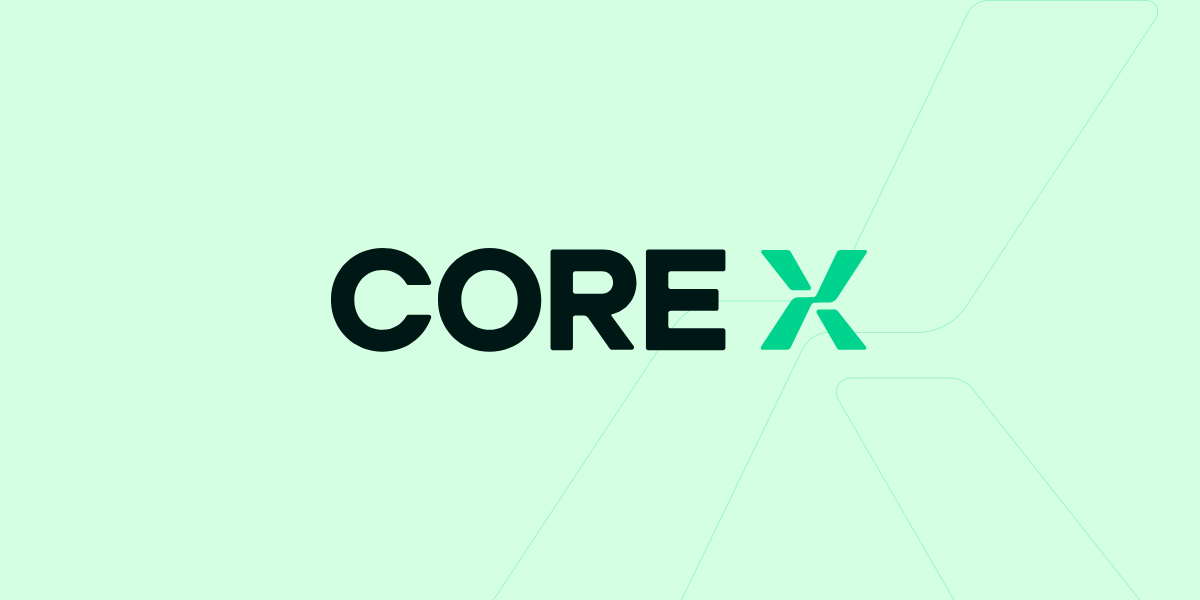

[Ed. note: In part two of an asset management series, we’re tackling software (SAM) today. Be sure to check out part one in the series on hardware asset management (HAM)]
--
At its core, software asset management (SAM) involves managing the lifecycle of software licenses. Sounds simple enough, right? For enterprise organizations, software portfolios can consist of hundreds of applications, with spending reaching into the millions.
Maybe it’s not that simple.
Taking this into account, cost control is vital. This means keeping track of software through the lens of what it costs, who is using it, and managing risk or threats, and then factoring in trends across industries and business sectors, such as the move to the cloud and the impact on the software that companies use.
SAM provides a foundation to look far enough ahead to understand and assess the current state of organizational software, and then determine a future software roadmap.
Finding Redundancies (and Taking Advantage of Discounts)
Cost savings are a key business driver for every asset management discipline, and it begins with understanding your inventory. After all, you can’t manage what you don’t know you have. When you’re able to identify what you own and what’s been used in the environment, you can identify where you might be over-licensed and have the opportunity to recoup the wasted spend..
SAM also identifies if people are engaging in “shadow IT” by unauthorized purchasing of SaaS products instead of following the standard organizational process and leveraging corporate contracts.
Corporate contracts are an important opportunity because most companies are on multi-year enterprise-level agreements that include discounts. With a formal SAM program and well-managed contracts and software licenses, you have the opportunity to work with preferred vendors to get deep discounts on license purchases.
Looking at SAM in action, it involves managing the day-to-day software inventory. You may be responsible for fulfilling software requests, managing allocations, and performing software license reconciliation to generate license positions.
A proactive approach to SAM allows you to monitor usage and identify opportunities to reclaim licenses based on low or no usage. There is proven cost savings value for reallocating reclaimed software licenses versus purchasing additional licenses for every request made.
With SAM in ServiceNow, you have reporting capabilities that identify redundancies in applications that uncover opportunities to consolidate. Standardizing software products and applications for company use prevents IT sprawl and helps control costs and mitigate risks.
Mitigating Risk in SAM
When thinking about security and SAM, everything starts with having full visibility into what software is in use. An effective SAM program is able to identify software products, versions, patching status, user access, and highlight security vulnerabilities or non-standard software use that would increase risk.
It’s important to have standard governance processes in place to prevent “shadow IT” from happening or unauthorized use of legacy products that are no longer supported. Providing a robust service catalog where people can search for what they need and submit requests for software assets, coupled with a flow that drives approvals, from the manager approval up to security and enterprise architecture, to ensure the use of the requested software is authorized and supported. For implementation, there needs to be a standard deployment procedure for software to ensure the process has checks and balances to prevent any security risks.
For example, a new employee onboarding experience involves standard software package deployments and SaaS-based application access based on employee role, such as an engineer or corporate finance analyst, to support the employee’s job function and improve the overall employee user experience. Having company-wide policies and standards in place, along with defined SAM processes, enables companies to use ServiceNow as the holistic platform for delivering a positive experience by leveraging the service portal and automated flows.
SAM flows in ServiceNow provide faster delivery of requested standard software and preventative measures for non-standard software, including additional review and approval processes.
If a new or non-standard application is requested, a review and approval process is completed by enterprise architecture, security groups, and finance to determine if the application is something they even want to introduce into the environment.
SAM supports security operations by defining and enforcing standard practices for software use and providing the necessary data to help identify risks and vulnerabilities. SecOps is able to take quick action to mitigate any risks.
Understanding Underpins Strategy
The SaaS model has made compliance more streamlined, where it’s easier to understand your compliance position because, for the most part, you can’t sign into a SaaS product without an account. However, most top-tier software publishers still conduct license reviews.
For enterprise-sized companies, there’s a need to manage the day-to-day license inventory to avoid wasting money, time, and resources going through audits. ServiceNow SAM Pro includes software asset history and current standing, making audit situations less invasive and potentially money-saving by avoiding costly penalties.
SAM also becomes more strategic as asset management programs become more mature. The elements tracked and managed in SAM and HAM are fundamental across the organization. It’s not just the IT team needing this management; it’s every business unit that uses software and hardware.
Take a digital transformation or a company in the middle of an acquisition and expansion, for example. SAM provides valuable information for leadership and other stakeholders involved in determining the company’s direction. It allows those people to be more proactive in the sense of understanding the current state of the company in terms of need and capacity. Then, looking toward the future landscape, such as the current push for AI, and what that means for implementing the company strategy.
Asset management provides a framework for budget planning and the purpose behind putting all the puzzle pieces into place.
Start a SAM Journey with Quick Wins
There are misconceptions with SAM on both extremes. Some companies think it’s fairly simple and can be reviewed every once in a while to ensure things are on the right track, and hey, it’s just about counting things anyway. On the other end, other companies think SAM is super complex and expensive, and they simply don’t have the resources to do it well, or even do it at all.
The reality is somewhere in the middle. It’s important to know what your asset inventory is. It’s important to know what your purchase history looks like. And it does take resources to do this, but it’s a journey.
Any asset management discipline is a journey, and you have to start somewhere. Look at what your highest priorities are based on cost, timeline, and risk, and determine what you want to build out and manage strategically.
There’s a lot of low-hanging fruit when it comes to SaaS products, and it’s fairly quick to get ServiceNow SAM Pro configured in a way to identify what SaaS products are being used and to see potential cost savings.
For any company, especially businesses on a limited budget, on a timeline, or wanting to execute in phases, tackle something that provides immediate results. When you can prove a savings due to SAM, such as, “Hey look, I saved $50,000 this month because I reclaimed licenses and reallocated them instead of purchasing additional licenses.”
This kind of quick win speaks to upper management that SAM works and the company is ready to take it to another level.



